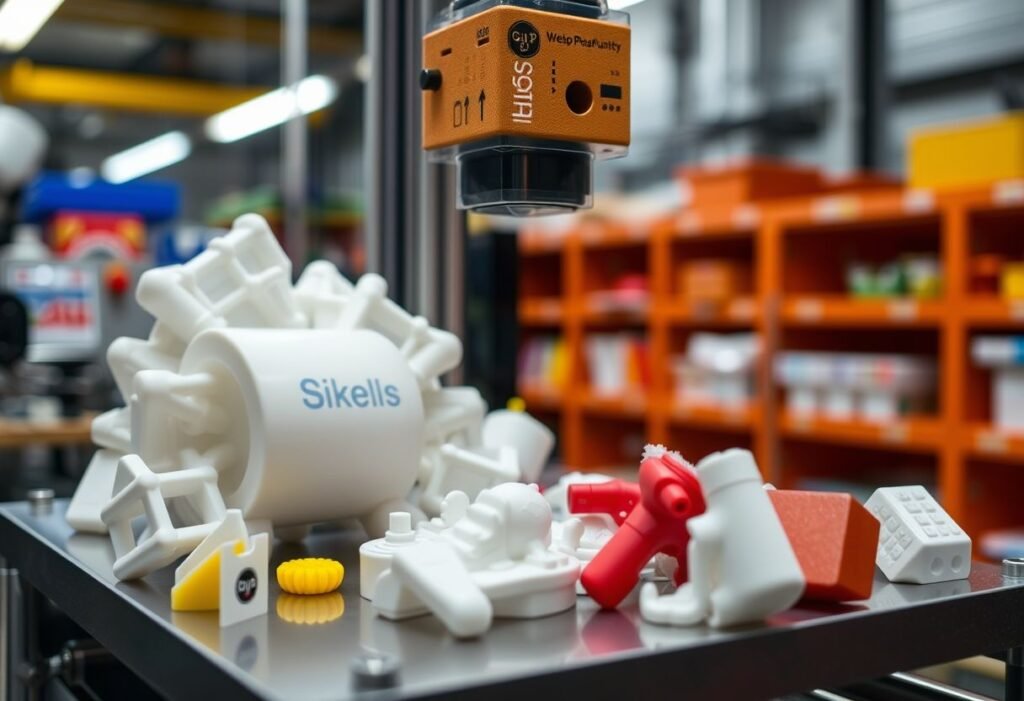The rise of 3D printing technology is proving to be a transformative force in manufacturing, significantly contributing to waste reduction. In recent years, the industrial landscape has seen a notable shift towards more sustainable practices, driven by innovation. This article explores how additive manufacturing is reshaping production methods to create a more sustainable future.
Understanding Waste in Traditional Manufacturing
Traditional manufacturing processes are often plagued by significant material waste. For instance, subtractive processes can leave a considerable amount of leftover materials that are discarded or underutilized. In comparison, 3D printing allows for more precise material use by employing a layer-by-layer additive approach, which means only the required amount of material is used for production. This shift not only reduces waste but also enables manufacturers to optimize their material usage, ultimately leading to fewer resources consumed and minimized environmental impact.
The Role of Innovation in 3D Printing
Innovation plays a crucial role in the expansion of 3D printing technology, particularly regarding its efficiency and material versatility. Modern advancements have led to the development of eco-friendly materials that can replace traditional plastics and composites. These biodegradable options allow industries to produce sustainable products without compromising quality. Moreover, the continuous evolution of printing technologies is paving the way for new applications, enabling a broader range of industries to adopt additive manufacturing practices to reduce their waste footprint.
Economic Benefits of Reduced Waste
By diminishing waste through 3D printing, companies not only contribute to a greener environment but also unlock significant economic benefits. Lower material costs associated with reduced waste directly enhance profit margins. Additionally, the ability to produce items on-demand means that companies can significantly cut inventory costs. The flexibility of this manufacturing method allows for rapid prototyping, which can accelerate the development of new products and respond to market changes swiftly.
Case Studies of Successful Implementation
Numerous companies have successfully implemented 3D printing technology to reduce waste in their operations. For example, automotive manufacturers utilize this technology to produce parts on-demand, thereby minimizing surplus inventory and excess waste. Similarly, the aerospace industry has adopted additive manufacturing to create complex components with less material and less energy, demonstrating substantial waste reduction. These case studies highlight how various sectors are benefiting from transitioning to more innovative manufacturing processes.
Challenges and Future Outlook
Despite the clear benefits, there are still challenges facing the widespread adoption of 3D printing technologies. Issues related to material costs, production speed, and regulatory hurdles may hinder some companies from making the switch. However, ongoing research and improved technology are addressing these concerns, paving the way for broader acceptance. The future of additive manufacturing looks promising as more organizations recognize its potential to minimize waste and propel the industry toward sustainable practices.
Conclusion and Call to Action
In conclusion, 3D printing stands at the forefront of innovative solutions aimed at reducing waste in production. The combination of environmental sustainability and economic efficiency makes it a compelling choice for manufacturers. As we progress further into the era of innovation, embracing additive manufacturing could be key to achieving substantial waste reduction in various industries. Companies are encouraged to explore the potential of 3D printing in their operations for a beneficial change towards sustainability.
Disclaimer: The information provided in this article is for educational purposes only and should not be considered as professional advice.





















